Giacomo Prestinari: “It’s possible to tell a powerful story in under 30 seconds”

We talk to Giacomo Prestinari, editor of some of the most famous TV commercials today
Many of the commercials he has worked on rank high on the list of those that have made us laugh and cry in front of the TV (or computer) screen. Many were edited in remote and unexpected places around the world–something which seems to awaken even more creativity in Giacomo Prestinari (@giacomo_prestinari).
We spoke to him to learn about the work of a video editor for advertising in more depth and discovered some of the secrets behind his best commercials.
When developing a commercial, there are so many people involved. What exactly is your role within the process?
I am in charge of the edit, which could either begin while the commercial is still being shot or once the shoot has finished. Everything that’s been shot ends up in the editing room, where I take charge of giving it structure, rhythm, and emotion. Above all, I find the way of telling the story that needs to be told in the reestablished formats.
I strongly believe that it’s possible to tell a powerful story as much as in 90 seconds as you can in 30 seconds. However, to achieve this there is an entire process and a lot of work to do, which I do partly on my own, and partly with the director and agency.
To give you an idea about something that many people don’t know: the amount of material that gets shot for advertising is huge. For a 30-second spot, I have, at times, received 19 hours of raw footage. Finding and cutting together the best 30 seconds to tell the story requires patience and lots (and lots) of work.
What is it that you like most about working in advertising?
There are fundamentally two things that I like most about this profession. The first is how much each project varies. Each project is like a film, but the process goes so fast that, while normally it takes three or more months to edit a movie for the cinema, a commercial is edited together in a matter of days (or weeks if it’s a massive project).
This means that by the time a year’s gone by, I will have edited commercials filled with emotion, short comedies, sophisticated fashion clips, and action sequences. It’s impossible to get bored and it allows me the opportunity to experiment with very different editing techniques.
The other side that I really enjoy is that you constantly meet different people for different projects. I always get to speak to interesting and inspiring people. When I get the chance, I love to talk to the DOP (director of photography) working on the commercial and find out why they have chosen a particular camera and certain lenses; or the set designer, or the stylist. You never stop learning and later I can see all of their decisions in the frame of the commercial I’m editing. It’s fascinating.
How did you start your career?
I started when I was younger than 10, but I didn't use video clips. Instead, I used simple LEGO bricks. I built things that weren’t in the instructions so that I could tell a story later with the characters. For as long as I can remember, I have always been fascinated with telling stories.
Over time I have learned that my part to play in telling stories was in the editing room, so I did an editing course at a film school in Milan. Later, I began working in television, where everything was very fast-paced. Milan in Italy is the city for TV and advertising, whereas Rome is where cinema is made.
One day, I saw a commercial on television in which a boy and a girl ran through walls. Nothing could stop them. They ran up trees and jumped up into the stars. This LEVI’s commercial was a revelation, and I decided then and there that I wanted to pursue this career. I started out in an advertising production company as an editor of the “makings of” for the commercials. I put a lot of care into my edits, and they liked them so much that soon the producers realized that I could offer a lot more. They began sending me jobs such as editing commercials. I had started to run, I had broken through the wall… and now I wanted to reach the stars!
What do you consider to have been the biggest challenge in your career?
Exactly 10 years ago, I edited a FANTA campaign. The idea was to create a historical film about Desiderius Erasmus’ cousin, who was called Robertus. The shoot took place in Budapest over a week, and they proposed shooting it in 16mm; the problem was that we had to present it two days later in Madrid so that it could be broadcast on television later that week.
There was so much material as the director had given the actors lots of freedom to improvise and this generated a lot of options to choose from for the edit. Also, as they had shot on film, we had to wait until the end of the day for the developed film and for it to be scanned into the computer–today this process is a lot quicker, but, back in the day, you would receive a tape, and you had to plug it into the computer, press PLAY on the footage and REC on the computer. Loading all the raw footage took as long as the duration of the material. It was a long and boring process.
I remember that I received the footage on the last day of the shoot, almost at the end of the day, before presenting. It was very difficult because there wasn’t enough time to assemble the entire story and or have a break so that I could later go back to it with fresh eyes and improve the weaker parts. I remember that, because of the lack of time, I was editing nonstop, including on the return flight. When we finished the campaign, it was a success, but the process was so intense that I couldn’t stop saying to myself, “If I can do this commercial, I can do anything”.
Something you never imagined you would end up doing?
I never would have imagined that one day I’d find myself editing in the middle of the desert between China and Mongolia. It was such an adventure seeing the sunrise over the dunes and running to take shelter in a van because a sandstorm had hit, which lasted for two hours. This is a story I tell whenever I hear someone say that “editing rooms are very relaxed places…”
What equipment and software do you usually use for work?
The real answer to this question is... everything. Every project has its needs, and you have to use the software and machine that is most compatible with what you have to edit. I have edited series with Avid Media Composer, and commercials and documentaries with Premiere and Final Cut PRO X.
Up until now, I have found that the software that best suits the speed needed for advertising projects is Final Cut PRO X. It’s the most up-to-date non-linear editing program of our time. It’s developed for a world in which footage is shot and consumed digitally. Avid and Premiere still have elements that make them suitable for film shoots, and, in many ways, they are information translators.
Regarding equipment, I live in the world of Mac. Today, there are both desktops and laptops that are very powerful. What’s important, for me, is to always have a comfortable chair and a good monitor because you’re going to spend a lot of time in front of it.
What’s your favorite commercial?
Apart from the LEVI’S commercial, by Jonathan Glazer, I constantly devour commercials. I love Daniel Wolfe’s work–last year he created a very powerful commercial for BMW. He really makes the most of every commercial to make a cinema-like film.
Seb Edward’s work is also very inspiring. I was lucky enough to see his Lacoste commercials in the cinema. Wow!
If I had to choose between commercials I have edited…. it’s difficult. I change my mind about this every month. More than the commercial itself, when I see those images, I remember where I was when I edited it, who I was with, and the emotions of that moment. You can see a selection of my work on my website. This way, you can be the ones to tell which you have liked the most and why.
What have you worked on lately?
I just edited a huge ad for Royal Enfield, a motorbike brand from India. It was a very intense job because it had to be done nearly entirely remotely because of COVID-19. It still hasn’t come out so I can’t speak about it in much detail, but it’s been a very interesting experience.
It was going to be edited on the road around India, however, in the end, it had to be edited at home with the director and agency working remotely.
The edit has been fundamental because, given what has happened in the world this year, we have had to change the structure and message of the film. Also, the last day of the shoot had to be canceled because a state of emergency was declared in Mumbai, so I had to find a solution to this missing footage that couldn’t be shot.
In the end, it has turned out beautiful, one of the best I have done recently. I am looking forward to showing it to people.
What are the ingredients for a perfect commercial?
Above all, a great creative idea. Commercials are like films, and if they have a good script then they have the potential to become classics.
Then, you need the vision of a talented director who can bring ideas and knows how to tell the story from an original and unique perspective. Fortunately, there are lots of talented directors.
Also: freedom and the agency and client’s trust. Give all the departments the freedom to contribute, pitch, and even change the film along the way. I’ve seen first-hand when this trust exists, it always benefits the end result.
Finally, time. The more time you give to all the necessary steps to create your commercial, the better it will turn out, without a doubt.
What advice would you give to someone starting out?
First: “Don’t feel overwhelmed when the hard drive arrives and there is a mountain of footage!” Apart from this, I recommend being patient; don’t cut yourself short when you think you have an idea, even if you feel that someone wants to change something that works, and is actually making it worse. I’ve never believed in the saying, “the customer is always right”.
Our profession is a creative one, and the client often doesn’t know what they want. Maybe they know the marketing objectives of this particular commercial, but they don’t know why this shot that they want to take out is actually fundamental. It’s in these moments that we have to defend our work for the film’s sake: argue, explain, say in a polite way that we disagree and why… After more than 15 years as an advertising editor, I am friends and have great relationships with clients and creatives whom I have at times fought with inside the editing room.
Perhaps the best advice is this: you should feel passionate about your edit. Then, you won’t be able to be indifferent in front of someone who is threatening what you are passionate about.
What do you predict to be the future of advertising?
It’s said that people no longer watch television, and in a way, this is true. But, on the other hand, the truth is that the “TV screens” in our lives have increased. Now, all of us have a television in our pocket and carry it around with us all day, only now it’s called a cell phone.
And social networks are just another platform where there is a huge demand for content and advertising. When it comes to creating a campaign, one platform is usually chosen, and then the video is adapted for all the others. However, I would like for the idea to be written and shot so that it makes the most of all the new digital territories that we have at our fingertips these days.
I recently saw a commercial shot vertically for phones, directed by Damien Chazelle (the director of La La Land and Whiplash). I thought it was brilliant–taking this format and using it to show classic cinema (which is usually horizontal).
Giacomo Prestinari teaches the Domestika Basics: Introduction to Final Cut Pro X course, in which he will show you how to become an expert in using this software; and the editing course, Professional Audiovisual Editing with Adobe Premiere Pro, in which he will show you how to narrate a story with moving images.
English version by @eloiseedgington.
You may also like:
–Adobe Premiere vs. Final Cut: What Makes Better Films?
–What Does Each Color Mean in Cinema?
–The First Special Effects: From Méliès to Marvel


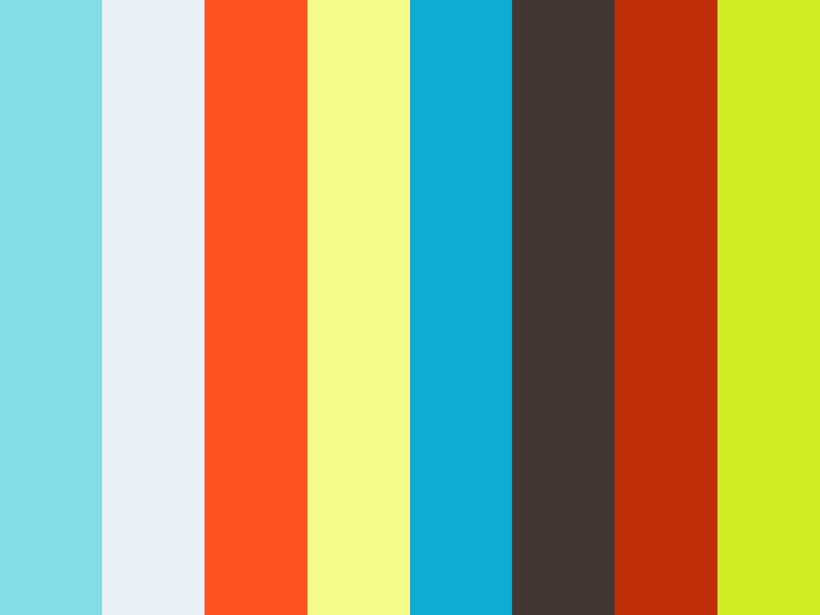
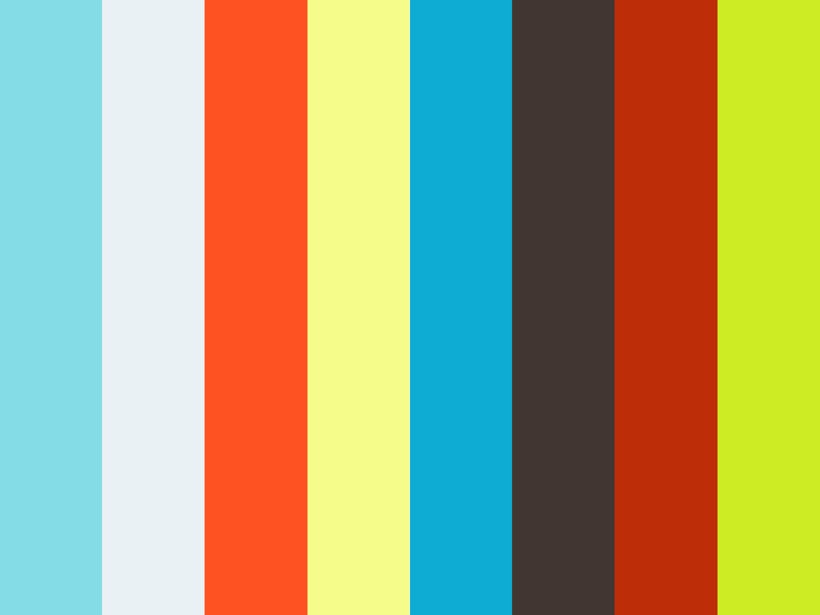

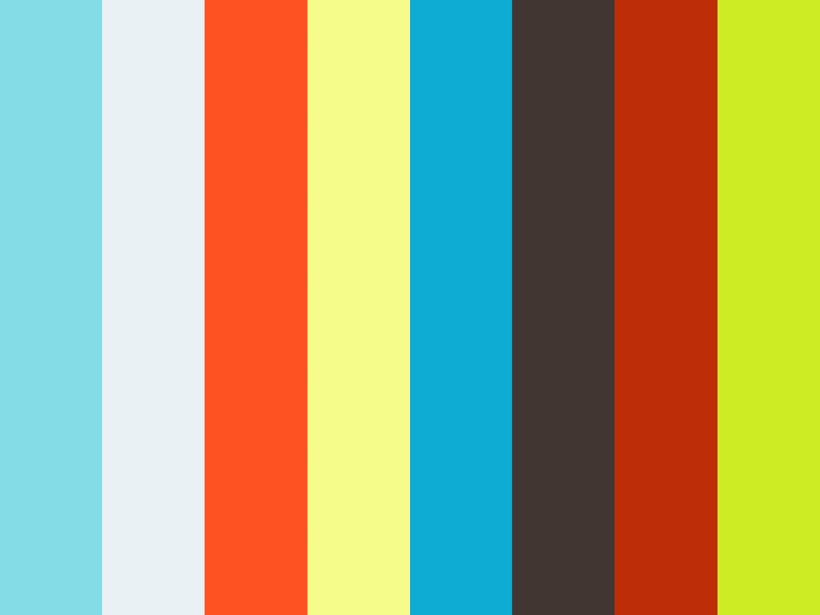
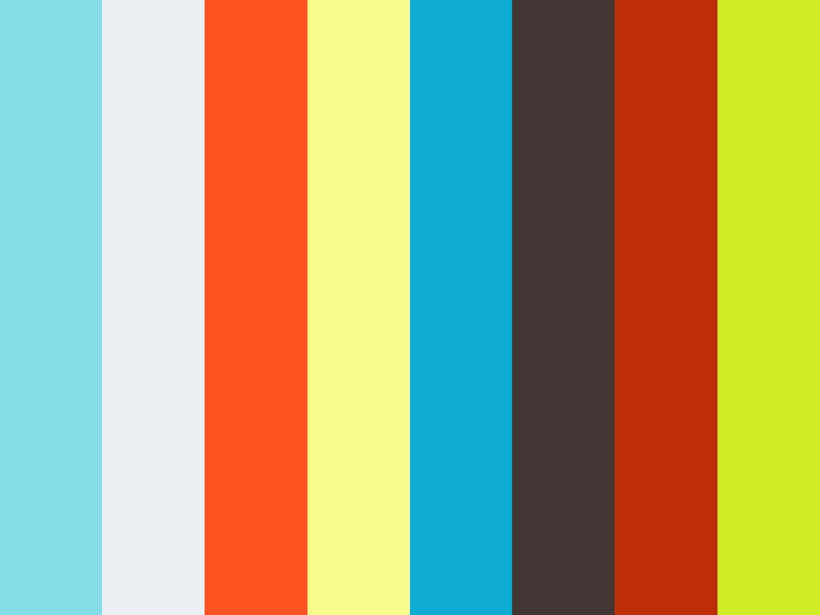
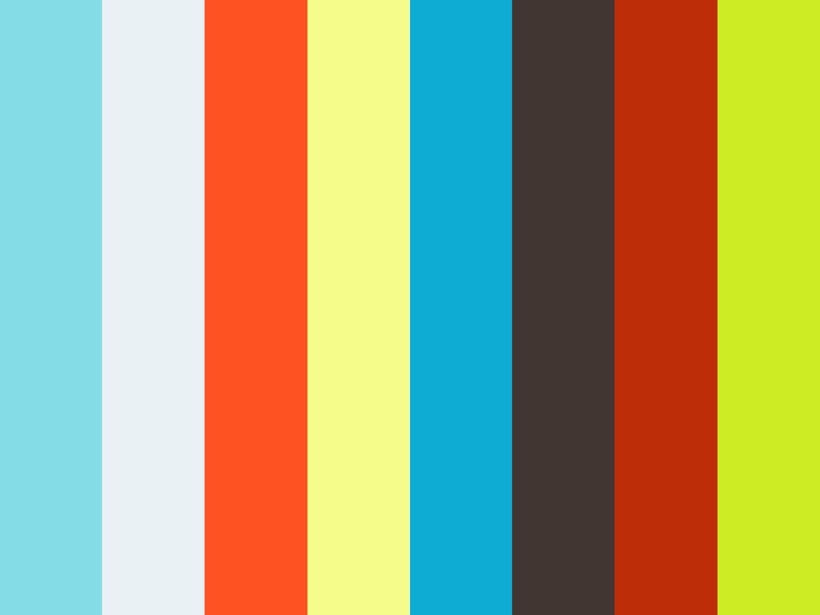
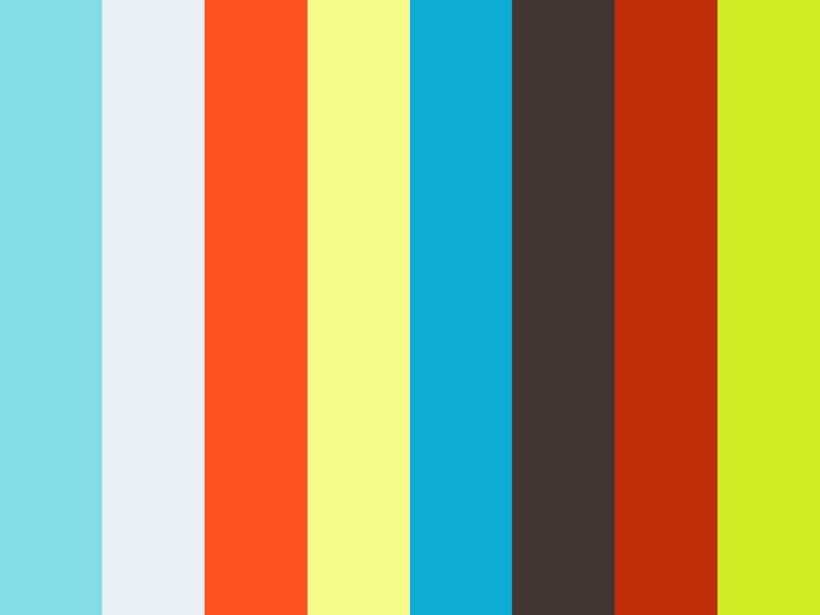
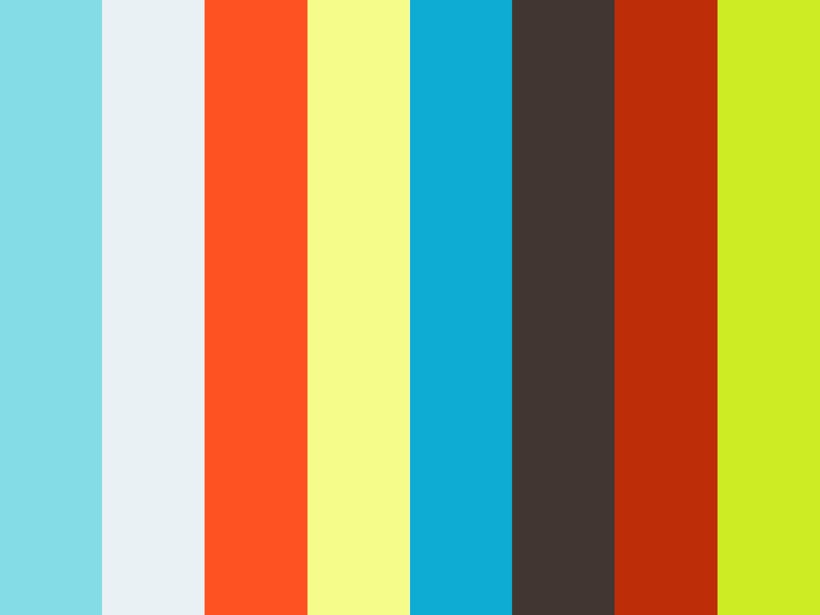




0 comments